Others
A Guide to Effective Lead Generation Strategies
Article written by Kate Williams
Product Marketing Manager at SurveySparrow
19 min read
19 September 2025

No one likes being sold to. This is where having a lead nurturing strategy helps businesses big time. People dread getting on a call with a business development executive. It puts them in a difficult situation where they must say ‘No’ at the end of a long-drawn presentation or demo. Also, if you are going to sell to someone on the first meeting or call, you will surely put them off.
Your best bet is to nurture your leads. The nurture marketing definition says- “Marketing by constantly engaging with the clients.” It is considered an extremely effective strategy if you want to convert your leads into customers.
(Psst… if you are looking for a perfect tool to generate leads, I have included a list of the best tools towards the end.)
Let’s start with some basic terms you need to be clear with:
Important Terminologies
You might come across these words here and there as you go through the blog.
- Lead: A person who has shown interest in your product or service. They are potential customers. This interest is often indicated by filling out a form on a website, subscribing to a newsletter, or engaging with a company’s marketing content.
- Lead Generation: It attracts and captures potential customers or “leads” for a business’s products or services. It is a crucial part of the sales and marketing funnel.
- Sales Funnel: The journey a lead takes through various stages of the buying process, from initial awareness to purchasing.
- Buyer Persona: A semi-fictional representation of an ideal customer based on market research and factual data to guide marketing and sales strategies.
- Lead Scoring: Assigning a numerical value to leads based on their behavior and engagement, helping prioritize and identify the most sales-ready leads.
- Call-to-Action (CTA): A prompt or instruction that encourages leads to take a specific action, such as filling out a form, downloading a resource, or purchasing.
- Marketing Automation: Using software and technology to automate repetitive marketing tasks, such as sending emails or social media posts, to nurture leads more efficiently.
What is Lead Nurturing?
Lead nurturing is a strategic process used in sales and marketing to build and cultivate relationships with potential customers, known as leads. It aims to guide these leads through the buyer’s journey.
How? By providing them with relevant and valuable information at each stage of the decision-making process.
The ultimate aim is to convert these leads into customers and, ideally, foster long-term loyalty.
What is a Lead Nurturing Strategy?
Lead nurturing is like building a relationship with someone you just met. You don’t ask them to commit immediately. Instead, you get to know each other, understand their needs, and offer helpful information.
It is a strategy where your buyer gets to know how you can help their business with targeted content and nurturing instead of pushing for a sale.
Both parties get to know each other during the lead nurturing strategy. There is a clear understanding of how the buyer can be helped after this. You gain your prospective customers, aka buyer’s trust, and move them from the top of the funnel to its bottom.
For instance, imagine you have a garden and just planted some seeds. You must care for them regularly to help those seeds grow into beautiful plants. Watering them, providing sunlight, and ensuring they have the proper nutrients are all part of this care routine. Did you get the gist?
Importance of Lead Nurturing Strategy
In this fast-paced world, you must build relationships with your prospective customers. Otherwise, you will be one more seller vying for their attention. They will only try to devise ways to avoid giving their time to you. Through lead generation, you can educate the user about the need for your product. It will increase the chances of them doing business with you.
Here are some interesting statistics that will help you understand the importance of having a lead nurturing strategy:
- 96% of your website visitors are not ready to buy yet. They need to be nurtured, so once they are prepared to spend, yours will be the first name that comes to their mind.
- 48% of businesses say that most leads require a long cycle of nurturing with the help of many influencers
- 57% of marketers say that lead nurturing is the most valuable feature of automation software
- Companies with a good lead nurturing strategy will generate 50% more sales-ready leads at a 33% lower cost.
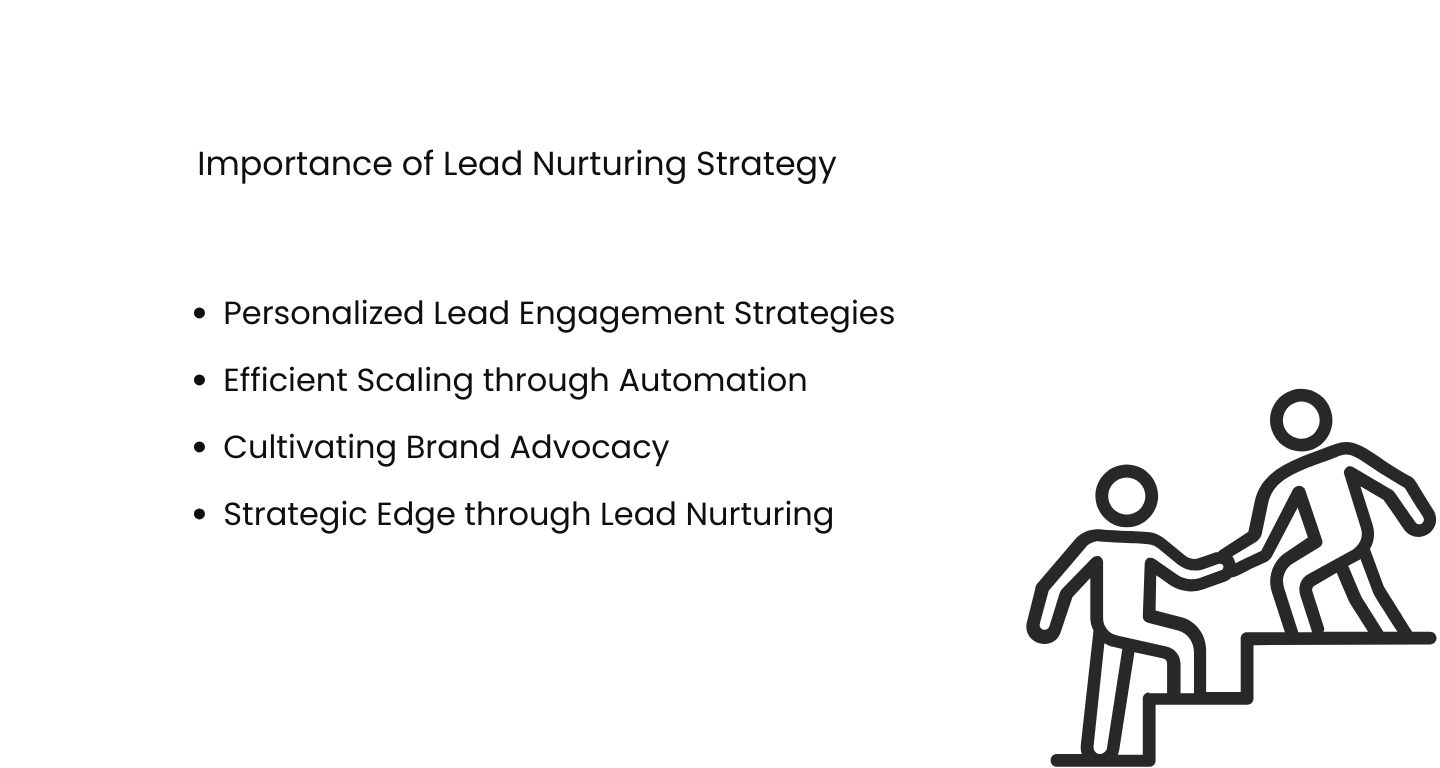
1. Meet the needs of different leads
Some of the most efficient lead nurturing strategies will include data and analytics. When used cleverly, these will help you know what each lead wants. Brands will understand what each buyer is looking for at different points in the sales cycle.
2. Automate to scale
You can work on many other core tasks by automating the lead nurturing process. You can deliver more value to each lead instead of manually doing things that will tie up your time.
3. Create brand ambassadors
When you nurture your leads, you are more likely to turn them into brand ambassadors once they realize as a customer that you are all that you promised to be. They will crave more from you by forging solid relationships with good content and excellent user experience. Satisfied customers will always have good things to say about you; all you need to do is keep exceeding their expectations.
4. Gain a competitive advantage
When you have a lead nurturing strategy, you set yourself up for a win. Unless your competitors also do it, you are clearly at an advantage. Through the lead nurturing strategy, you would have captured the attention of your prospects. You will have shown them why you care about their needs, and it will act as a massive plus for you when your prospects are in the decision-making stage in the buyer’s journey.
Lead Nurturing Channels
We need to connect with our prospects to grow sales and, most importantly, our business. Right? This process, called lead nurturing, involves different ways to talk to potential customers and make friends with them. Here’s a closer look at some ways we can do this:
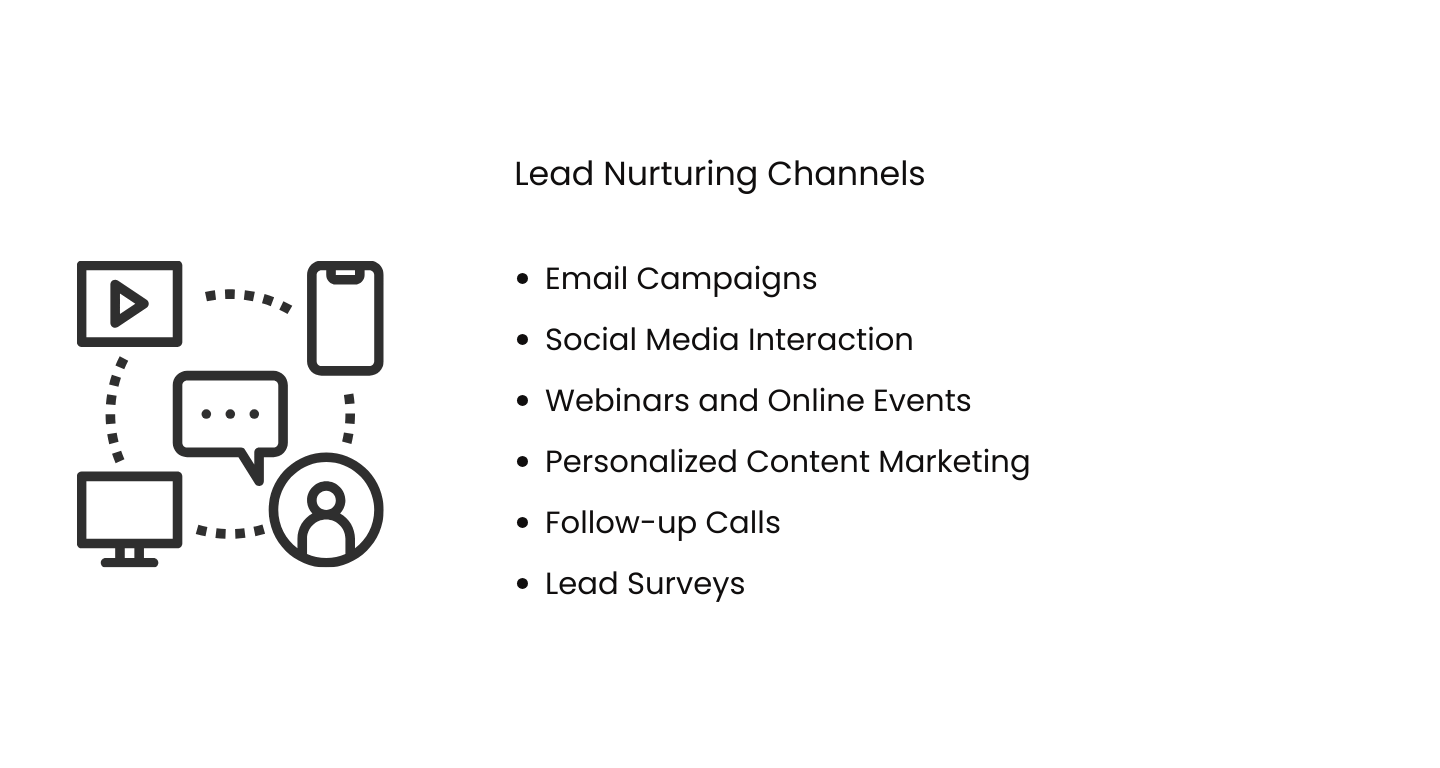
Email Campaigns
- Email remains a powerful tool for personalized communication. It allows businesses to directly send targeted content, product updates, and educational materials to potential customers’ inboxes.
- Craft segmented email campaigns based on lead behavior and preferences.
- Provide valuable content, address pain points, and guide leads through the sales funnel.
- Send emails with helpful information and updates based on what each person is interested in.
Social Media Interaction
- Social media platforms provide a dynamic space for engagement. Businesses can connect with leads through regular posts, comments, and direct messages.
- Establish a solid social media presence. Share industry insights, respond to queries, and create polls or discussions to understand and address lead concerns.
- Plus, share interesting things, reply to comments, and have conversations to understand what people like and need.
Webinars and Online Events
- Hosting webinars and online events allows businesses to showcase expertise, provide valuable insights, and directly engage with leads in real-time.
- Develop informative and interactive sessions. Use surveys and polls during webinars to gather feedback and tailor content to meet the specific needs of your audience.
- Moreover, create fun and informative sessions, use surveys to ask what people think, and make the events interactive.
Personalized Content Marketing
- Content marketing involves creating and distributing valuable content to attract and retain a target audience.
- Develop content tailored to different stages of the buyer’s journey. Utilize personalized content recommendations based on lead interactions to enhance engagement.
- Go beyond and above! Make content that matches what people are looking for at different times. Use feedback to make it even better.
Follow-up Calls
- Personalized communication through follow-up calls allows businesses to address individual concerns and build a more intimate connection.
- Schedule follow-up calls strategically, address specific queries, provide additional information, and gauge the lead’s readiness to move forward in the sales process.
- Talking directly to people on the phone to see how they’re doing will help.
How to Do It? Call to answer questions, share more information, and find out if they’re ready to take the next step.
Lead Surveys
- Surveys are a direct way to gather insights and preferences from leads. It helps businesses understand their audience better.
- Integrate surveys into various channels, including emails and social media. Use the feedback to refine strategies, tailor content, and enhance the lead nurturing process.
- Use the answers you gather to improve how we talk to and help our friends.
How to Create a Lead Nurturing Strategy
A customer nurturing strategy is a long-drawn process that takes time. You need to put in a continuous effort to succeed with it. Now is the time if you do not have a lead nurturing strategy yet.
1. Align marketing and sales
There was a time when the marketing and sales team would work in silos. They would hardly collaborate, and the only time they communicated with each other was to blame the other one.
Things have changed recently. Thanks to an Account-Based marketing strategy, businesses understand the importance of the sales and marketing teams working together.
There are two types of leads- marketing leads and sales leads. The former is at the top of the funnel, while the latter is at the bottom. The sales team will handle the lead if it is ready to buy.
The marketing team takes care of it if they are not in a buying position yet. They are put into the lead nurturing process. The prospects are kept warm and nurtured until they are ready to be sent to the sales team.
2. Lead Scoring:
In this, you assign points to leads based on specific parameters. The points are to indicate the leads that are closest to becoming your customers.
Based on the points assigned, you will clearly understand what to do with the lead at this point.
Instead of giving equal attention to every lead in your CRM tool, you can assign them to your sales team according to their strengths and reach out to the right ones.
Here are a few factors that you can use to score the lead:
- The number of times the lead visited your website
- Their demographic and firmographic information
- How many times have they opened emails from you?
- The amount of time they have spent on your emails, content, and website
- Have they filled out any opt-in forms?
- Have they attended any webinars or demos?
What is their social media interaction with your brand like?
Lead scoring helps companies eliminate their interest in leads that do not have much interaction with the brand, so to speak. It will also provide you with reasons to concentrate on a lead more.
3. Create your email marketing campaigns:
Your leads are best nurtured with the help of automated email campaigns when they are not ready to buy. Create a variety of lead magnets to capture their contact information.
- Here are a few ideas to collect contact details:
- Create an ebook, whitepaper, industry report, etc., where customers should share their details to gain access to it
- Organize a webinar where you share valuable information with your target market
- Free demos to interested leads
- Sign-up forms on your website and other interaction touchpoints
- Free consultation calls
Use a good email marketing automation platform to create automated email sequences. Remember that each lead will have different needs, so you need to develop various information for each. Remember to bulk-validate your email list before sending the campaign out.
Write down everything- welcome email sequences, customer education campaigns, re-engagement campaigns, comparison campaigns, after-sales campaigns, etc. Someone recently introduced to your brand will trust your products more once they consume your content daily.
You can try sharing customized email surveys to sign them up on your website for your webinars with SurveySparrow. Try it for Free now!

Explore Deeper Customer Insights with SurveySparrow
A personalized walkthrough by our experts. No strings attached!
4. Write targeted content:
Your nurturing lead strategy brings prospective customers closer to your brand. One of the most powerful methods is to send them targeted content. Creating good content will showcase your authority and offer them solutions they might have sought.
Create content pieces that will help them in their business. If you can create personalized content to their needs, you will be in an even better position. The content you create should show them that you are the best in the business and give them the belief that you are the right vendor. As mentioned earlier, send different types of content based on what the leads are looking for.
5. Measure your success:
If you do not measure, you will never know the effectiveness of your lead nurturing strategy. It is difficult to hit the right note during your first lead nurturing strategy. You must look at your results to determine what worked for you and what did not. Tweak the plan to see if you can find any improvement. It is a continuous process that requires immense effort.
Set goals for your expectations and write down your present status in quantifiable terms. Write down your plans for the future as well. Choose metrics you can track with certainty to help ascertain your campaign’s effectiveness.
Watch closely how your lead nurturing strategy is bearing fruits. Measure the results and analyze them. Are there areas where you can improve? What were the mistakes committed from your side? Is it possible to reduce the effects of the previous error?
So many other questions like this deserve an answer from you.
Effective Lead Nurturing Strategies That Businesses Can Use
1. Use multiple channels
There was a time when lead nurturing meant being put into an email automation campaign that sent nurture emails in drips. That is no longer effective.
You need to connect with your prospective customers on multiple channels. There are powerful marketing automation platforms that will allow you to execute multiple-channel-based strategies.
When referring to multiple channels, we want you to consider using social media, email marketing, podcasts, paid targeting, organic content, web content, and sales outreach. Using these strategies, you can sway your target audience’s minds into thinking you are a reliable brand worth their attention.
2. Timely follow-up
The importance of follow-up regarding sales is so fundamental that how most companies treat this process is almost tragic. Many leads who are not followed up tend to ignore your communication later once they are cold.
Businesses know that most B2B buying decisions have a long window and cannot be closed in your first meeting. That’s where relationship building and nurturing take center stage.
While automated lead nurturing allows you to reach out to a vast customer group, you must follow up separately. You can use any channel to do the follow-up, preferably methods discussed in your previous meeting with the prospect.
The probability of converting a lead into a customer is high when they are followed up within a few days of the meeting.
You can add more supporting information while following up with them, such as a case study, a new technological advancement, or a feature you offer. It might help them decide on your business.
3. Multiple touches
As we have repeatedly told you, you cannot close a lead with just one or two interactions. All customers do not have the same journey regardless of what kind of product they buy from you. You will need to have multiple interactions before things start to look favorable.
An excellent lead nurturing strategy will contain various content types, such as emails, blog posts, white papers, social media posts, webinars, podcasts, etc. All of this will bring them closer to your brand. When your leads progress deeper into the sale cycle, you interact with them as much as possible and answer their queries. They should find it easy to reach out to them.
4. A/B test your content:
The best part of the online space is checking which content works best for your audience. They are bombarded with different marketing messages throughout the day, and you need to capture their attention.
So what do you do? You need to develop many content ideas and see how it works on them.
A segment of your customers will like A-type content, while another will like B-type content. Once you have this knowledge, ensure you only send the content based on their likes. It will help with your lead nurturing efforts as well.
5. Test your CTAs:
The Call-Through-Action button can either stir a lot of conversions or make your funnel super dry. Your CTAs are super important in your lead nurturing strategy. Experiment with your CTAs with powerful words, first-person pronouns, and text. There is no “perfect” CTA. It depends on how well you place the CTA and word it.
Oh, wait! You must have a perfect lead generation tool for a lead nurturing strategy. Why? To streamline the initial phase of the entire process.
Top 3 Lead Generation Tools
Hey, this is essential, alright? To begin with, you need ‘leads’ to ‘nurture’ them. And we all know how tedious it is to find them! Here’s a list of the top tools that will help you immensely. Trust me!
1. HubSpot
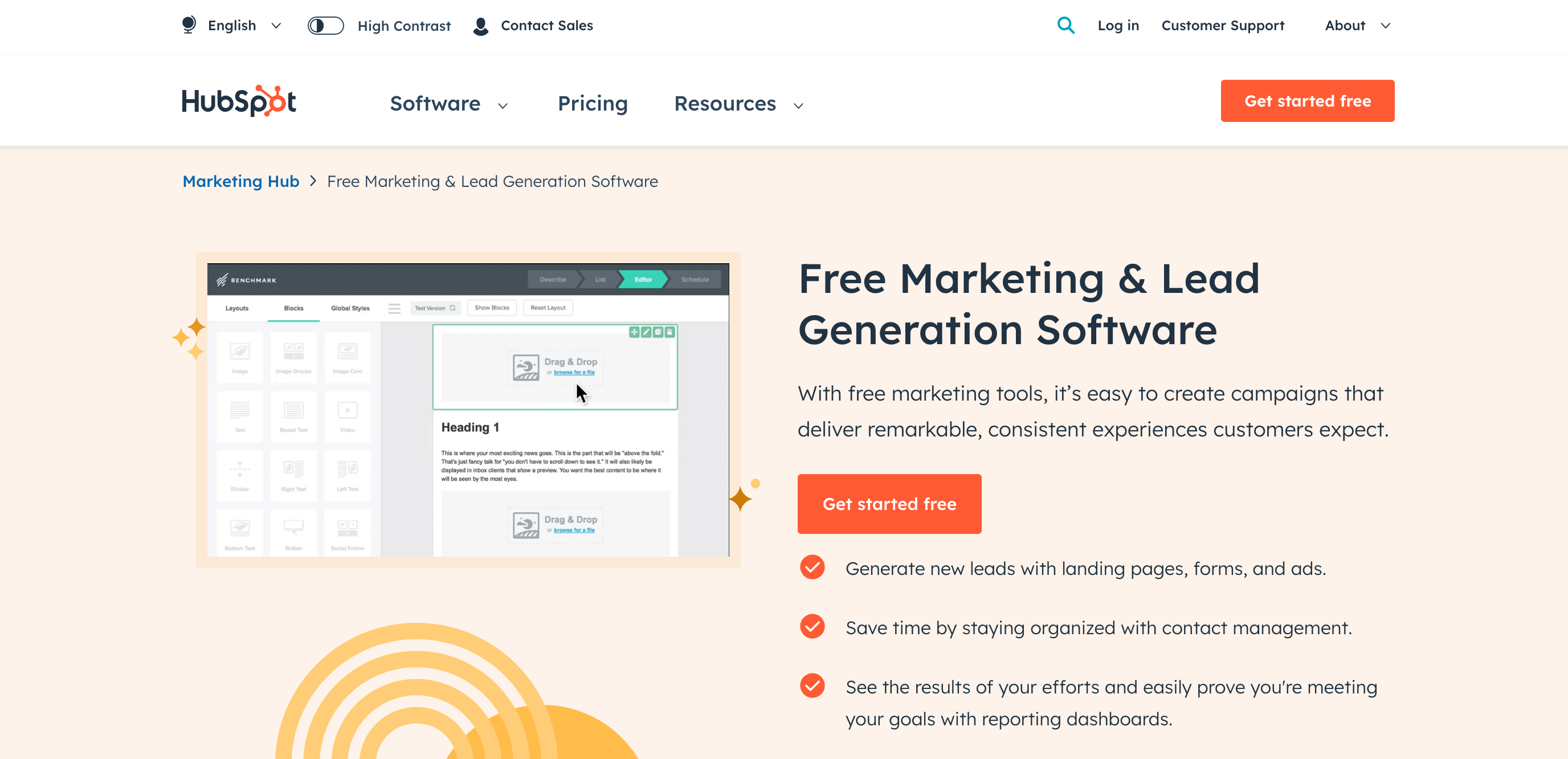
HubSpot is like a helpful friend for businesses. It helps with emails, tracking customers, and ensuring sales go smoothly.
Key Features:
- Sending emails and taking care of leads (Marketing Hub).
- Keeping customer information organized (Sales Hub).
- Helping with customer support (Service Hub).
Pricing: HubSpot has a free version.
2. Leadfeeder
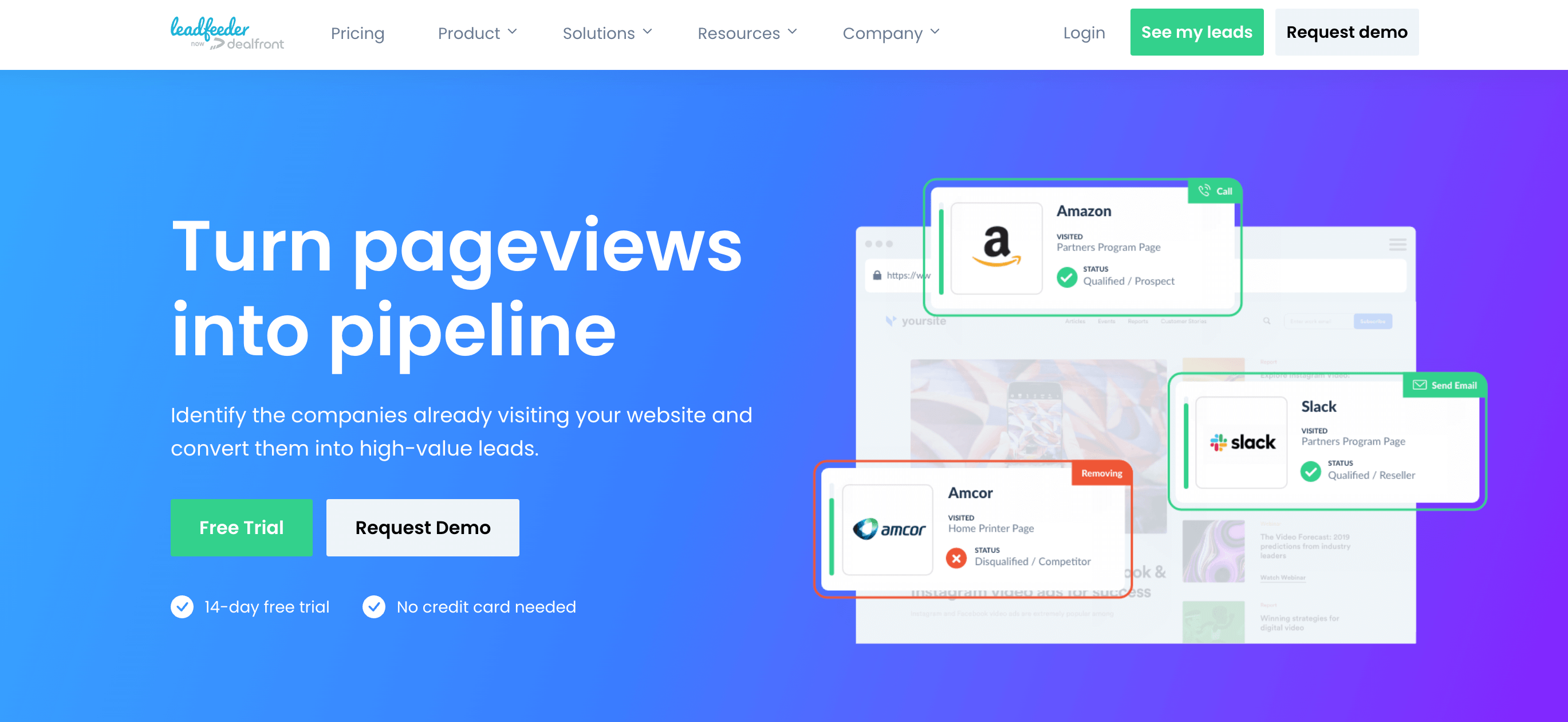
Leadfeeder is a website visitor tracking tool that helps businesses identify and convert anonymous visitors into leads.
Key Features:
- Company identification and detailed visitor insights.
- Integration with CRM platforms for seamless lead management.
- Customized email alerts for new leads.
Pricing: You can try Leadfeeder for free for 14 days. After that, it starts at $139 per month.
3. Intercom
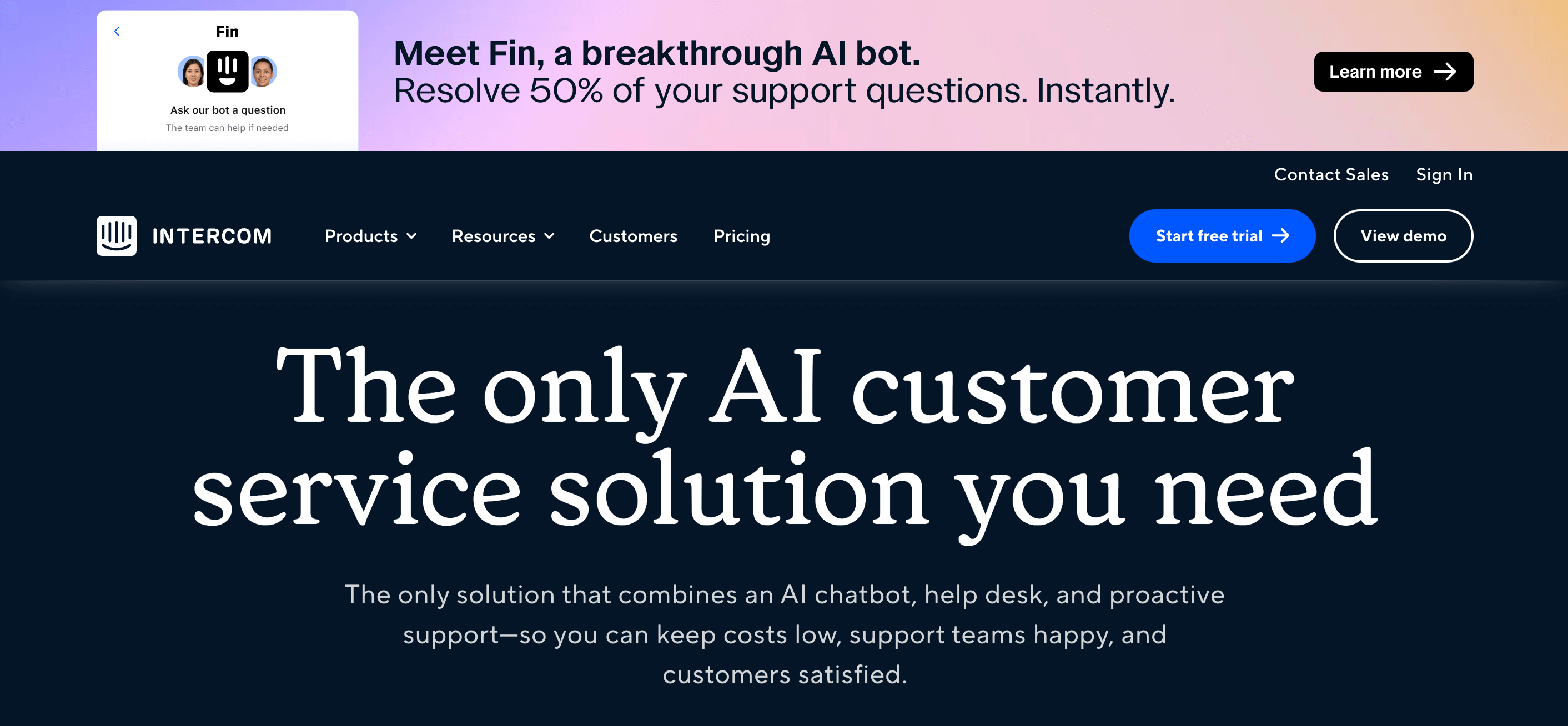
Intercom is like a friendly messenger for businesses. It is a messaging platform that enables businesses to communicate with leads and customers in real-time through live chat, email, and targeted messages.
Key Features
- Live chat for immediate customer engagement.
- Email campaigns and automation for lead nurturing.
- Customer support features for ongoing communication.
Pricing: You can try Intercom for free. Further, it starts at $39 per month for each person using it.
Key Metrics to Calculate the ROI of Your Lead Nurturing Strategy
Average Deal Value:
When you know your deal’s value, when a lead becomes a customer, it will help you predict your revenue. Focus on deals where the prospect is interested. Moreover, they don’t always have to be the biggest deals.
Awareness Metrics:
These are metrics that tell you the awareness of the brand by customers. They include your growth in website traffic, social media count, or the number of people who have downloaded your app.
Conversion Metrics:
The effectiveness of your lead nurturing strategy is measured by the number of conversions you make. These conversions can include the following-
The number of:
- Current downloads.
- Podcast attendees
- People who passed their information through the lead magnet
- Consultation calls booked
- Sign-ups
Performance Metrics:
It shows how your leads are interacting with your lead nurturing process. The performance metrics could include click-through rates and email opened rates. These are also referred to as engagement metrics.
Cost Metrics:
The better your lead nurturing campaign strategy, the cheaper it will be to convert leads into customers. It becomes easier to convince leads to open their purse strings when your content is persuasive.
Ensure you keep tracking this metric, as you need to know how much you spend for a marketing campaign and each lead before they become customers.
Wrapping it up…
Converting a lead into a customer is time-consuming, typically spanning from a month to over two financial quarters. The timeframe hinges on the efficacy of your lead nurturing strategy and current market conditions.
While essential, lead nurturing often doesn’t receive the attention it deserves due to its lack of instant results. You must dedicate time, effort, and appropriate resources to achieve success.
As a part of your nurture campaign, you can send a market research survey to your prospects with the help of the online survey tool SurveySparrow. You can collect various information based on the questions you formulate.
It will help you with lead capturing and conversion when the data from the survey is used effectively. Businesses can also use SurveySparrow as an online customer experience management tool by understanding their growth and how your content affects them.
Feel free to contact the team to learn more about the platform!

Explore Deeper Customer Insights with SurveySparrow
A personalized walkthrough by our experts. No strings attached!

Thousands of brands trust SurveySparrow to turn feedback into growth. Try it free today!
Kate Williams
Excels in empowering visionary companies through storytelling and strategic go-to-market planning. With extensive experience in product marketing and customer experience management, she is an accomplished author, podcast host, and mentor, sharing her expertise across diverse platforms and audiences.
Related Articles

Others
Boost Your Blog: 8 Easy-to-Use Blogging Tools for a Smoother Experience
8 MINUTES
9 May 2024

Others
What is the Times Interest Earned (TIE) Ratio?
12 MINUTES
17 May 2021

Others
DNS Cache Flushing: Improve Website Speed and Performance
5 MINUTES
23 August 2024

Others
No-code: Why is it gaining traction?
6 MINUTES
1 July 2020
